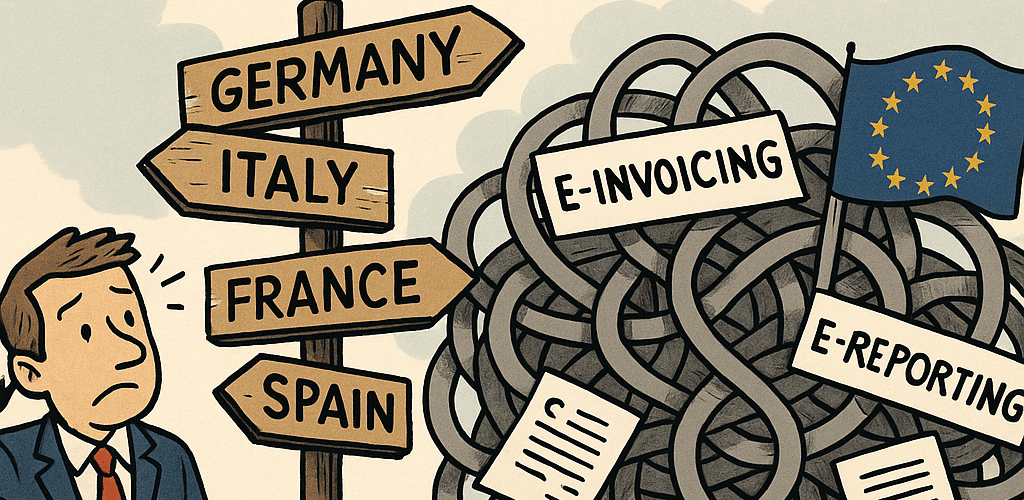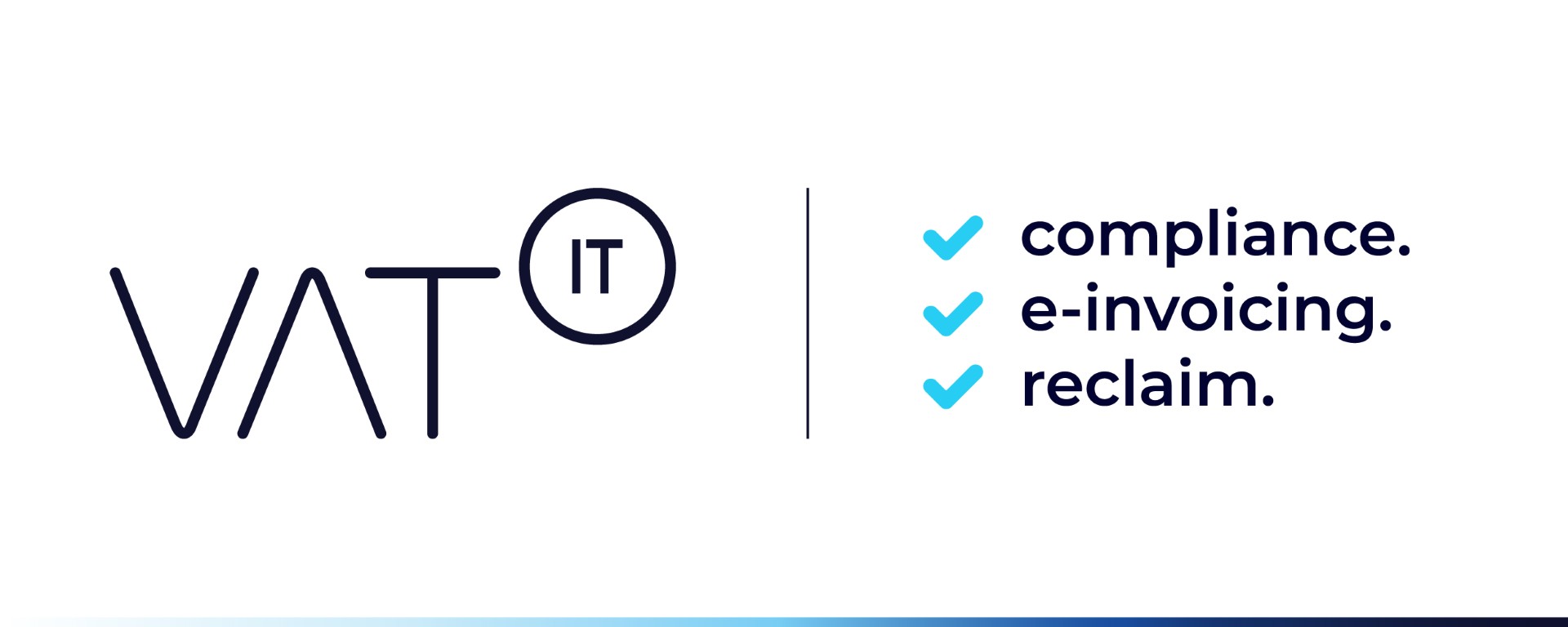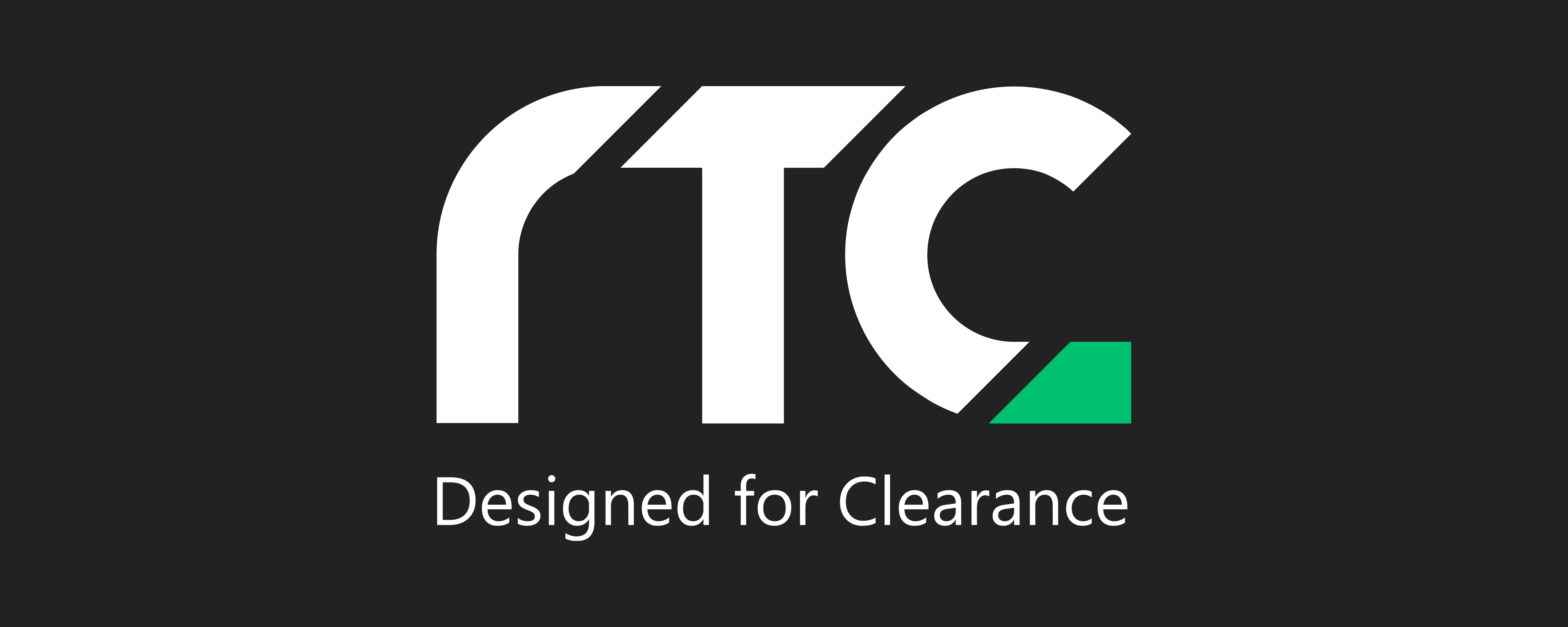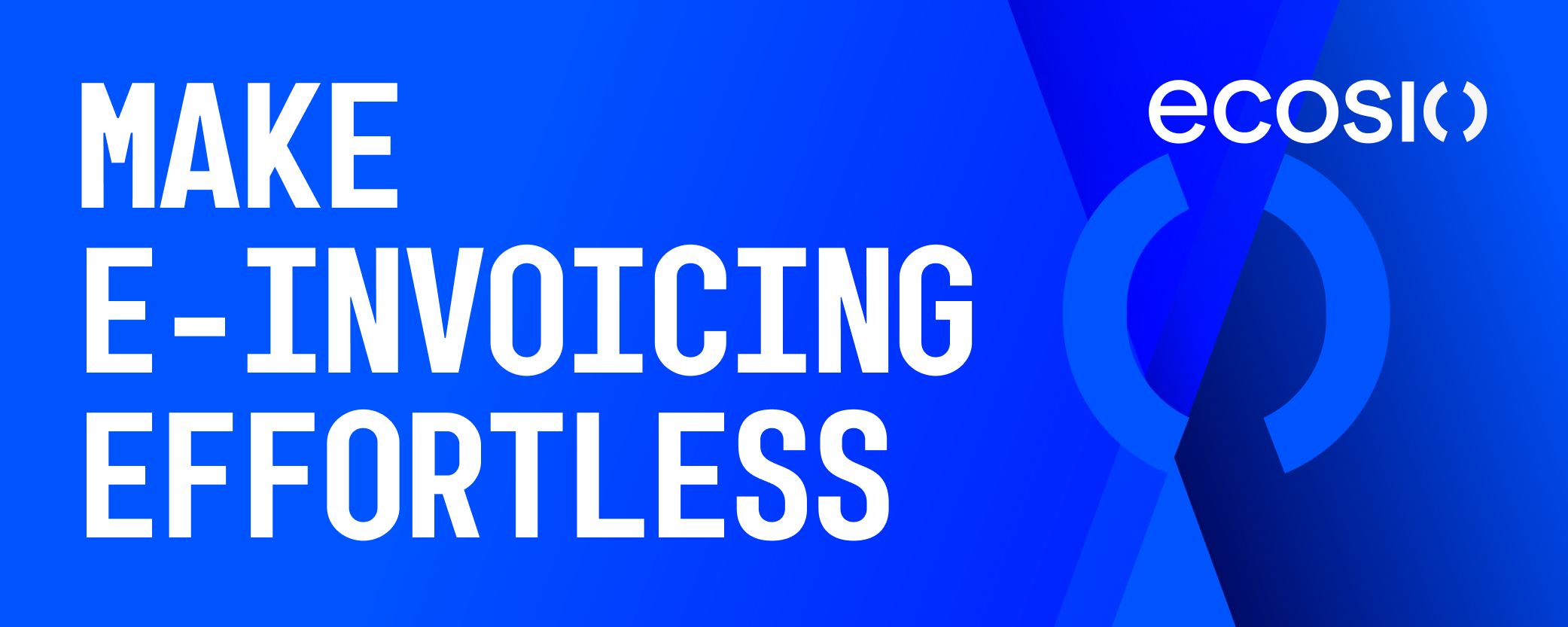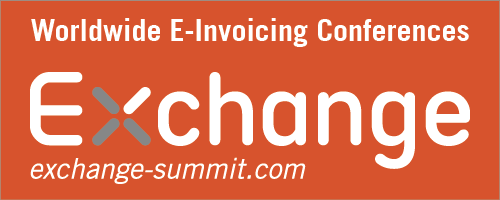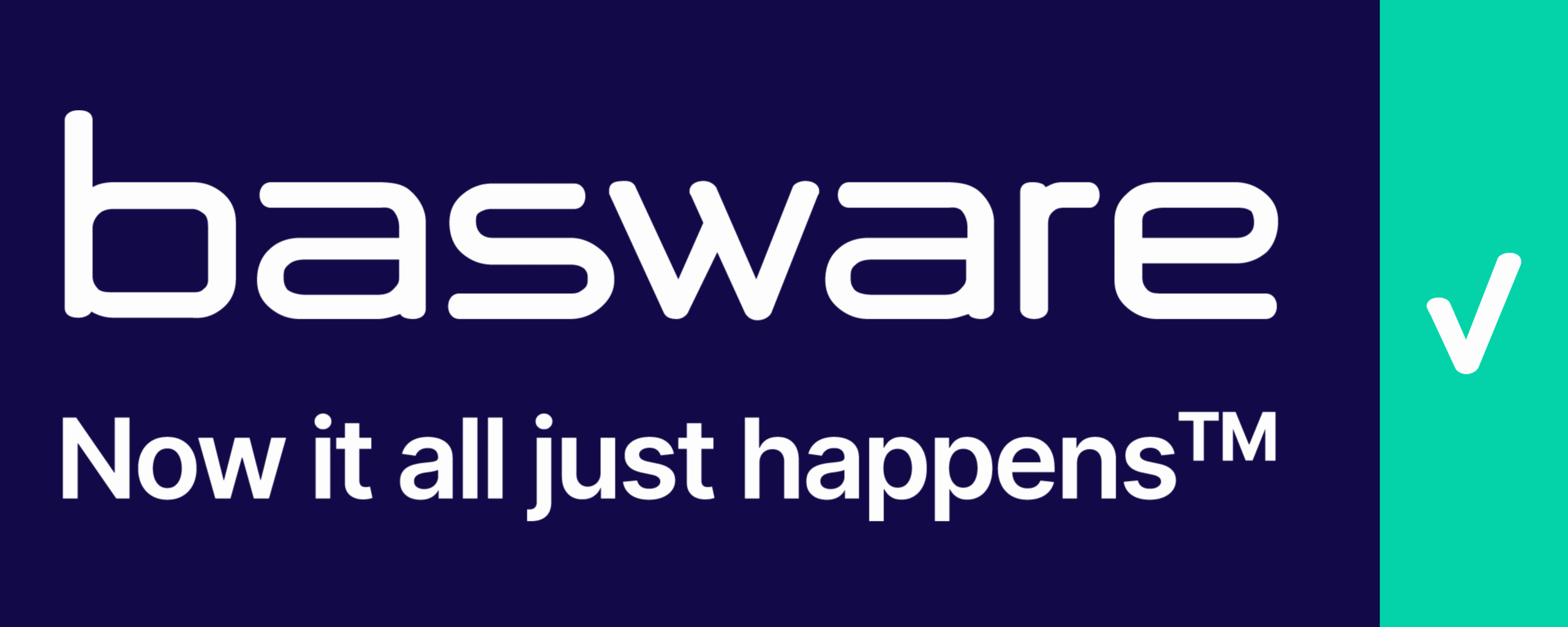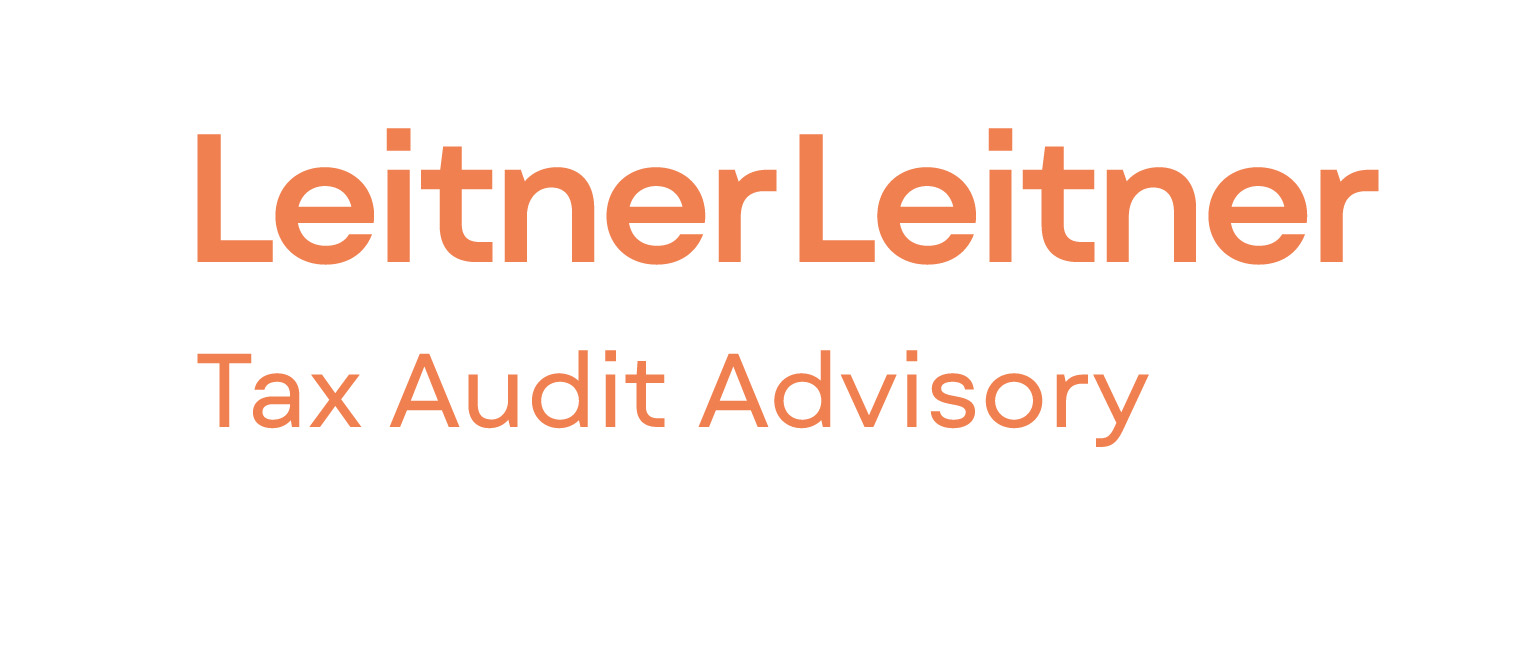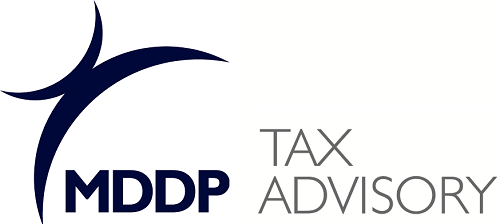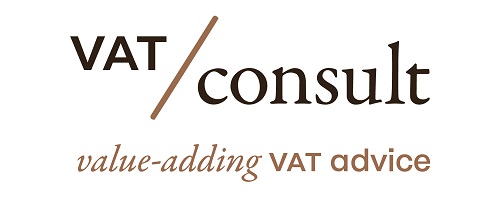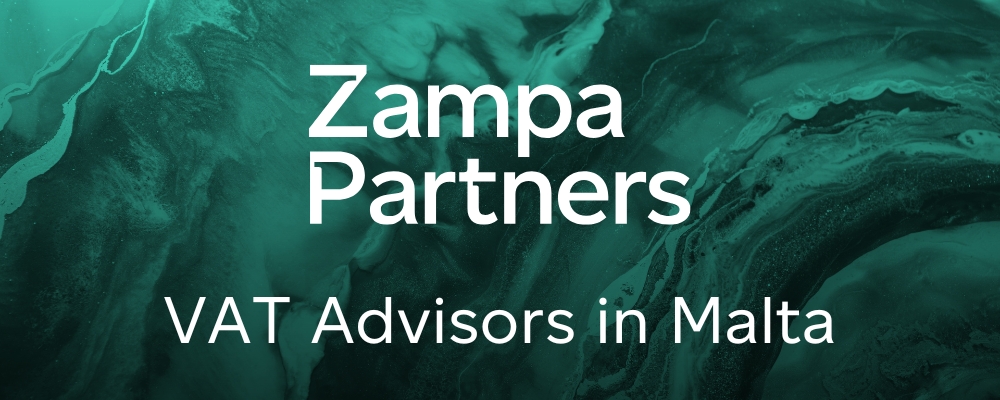Article written by Luc Dhont in his own name based on my own observations of the current landscape.
In recent years, e-invoicing and e-reporting have been hailed as critical components of the EU’s digital transformation agenda. These tools promise to streamline business processes, enhance tax compliance, and modernize public administration. But while the ambition is clear, the execution across EU Member States has fallen short—resulting in a fragmented, burdensome landscape that threatens to undermine both competitiveness and efficiency.
A Patchwork of Regulations, Not Progress
Instead of one unified system, businesses face a maze of national rules and formats. Each Member State has introduced its own version of e-invoicing, with unique technical standards, reporting portals, and deadlines. What should have simplified operations has done the opposite: created complexity, inflated compliance costs, and hindered cross-border activity.
SMEs Are Hit Hardest
Small and medium-sized enterprises (SMEs), which form the backbone of the EU economy, are especially vulnerable. Unlike larger companies, SMEs often lack the internal resources or external support needed to adapt to multiple regulatory environments. The administrative strain is real—and so is the risk of costly penalties for inadvertent non-compliance. If the EU is serious about fostering entrepreneurship and innovation, it must start by easing the compliance burden for these businesses.
The ViDA Initiative: Falling Short of Expectations?
The European Commission’s VAT in the Digital Age (ViDA) initiative was expected to provide the coherence businesses desperately need. While the goals are admirable, the current trajectory is concerning. In the absence of binding, pan-European standards, Member States continue to diverge—undermining the very harmonization ViDA was meant to deliver.
Cross-Border Invoicing: A Critical Weak Point
I genuinely wonder how this disjointed system will function for cross-border transactions within the EU. When suppliers and customers are located in different countries—each with its own e-invoicing regime—how will businesses ensure mutual compliance? Will they need to issue multiple versions of the same invoice? Will tax authorities in one country accept documents generated under another’s rules? These unanswered questions cast serious doubt on the viability of seamless intra-EU trade in the digital age.
Why Standardization Matters—for the Planet and the Economy
Harmonization isn’t just about compliance—it’s also about operational efficiency and environmental sustainability. A unified e-invoicing framework could drastically cut down on paper usage and reduce the carbon footprint of administrative processes. It would also accelerate invoice processing, reduce errors, and support better cash flow management for businesses of all sizes.
Europe Risks Falling Behind Globally
Other regions, particularly Latin America, have successfully implemented standardized, centralized e-invoicing systems. In comparison, the EU’s fragmented approach places its businesses at a competitive disadvantage. If European firms are bogged down by compliance complexities, how can they effectively compete with peers in markets where e-invoicing is streamlined, predictable, and efficient?
Dialogue and Collaboration Are Essential
Achieving meaningful harmonization will require more than top-down regulation. It demands ongoing dialogue between the European Commission, national tax authorities, businesses, and technology providers. Regular consultation and transparent feedback loops will help ensure that new rules are not only legally sound but also practically workable.
Learn from Success Stories
There are examples worth emulating. Countries like Italy and Mexico have rolled out successful national e-invoicing platforms with high adoption rates and strong compliance outcomes. These models show that centralization and usability can go hand-in-hand—and offer valuable lessons for the EU.
Prepare for the Future, Not Just the Present
Beyond solving today’s challenges, the EU must future-proof its e-invoicing landscape. Emerging technologies like blockchain, artificial intelligence, and machine learning hold the potential to further streamline invoicing, enhance fraud detection, and improve data security. But these innovations will only succeed in a harmonized, interoperable digital infrastructure.
The Time for Action Is Now
If Member States continue down separate paths, the EU’s internal market risks becoming even more fragmented. Businesses—especially SMEs—will pay the price. The European Commission must take bold steps to establish a unified e-invoicing framework that delivers on the promises of digital transformation.
This is not just a technical issue—it’s a strategic one. A common e-invoicing standard is essential for competitiveness, sustainability, and economic resilience.
Let’s not wait for the system to become unmanageable. The time for collaboration, standardization, and future-focused policymaking is now.
Latest Posts in "European Union"
- CJEU Clarifies 0% VAT Documentation for Intra-Community Supplies: Key 2025 Ruling for Businesses
- Key CBAM Changes for EU Importers Effective January 2026: New Thresholds and Reporting Rules
- GENA Urges EU to Harmonise and Expand Digital E-Invoicing in Public Procurement Reform
- Audit Office Monitors Council’s VAT Filing Amid Potential £600k HMRC Fine Risk
- EU VAT Gap 2023: Key Findings, Country Comparisons, and Policy Insights from Mind the Gap Report


